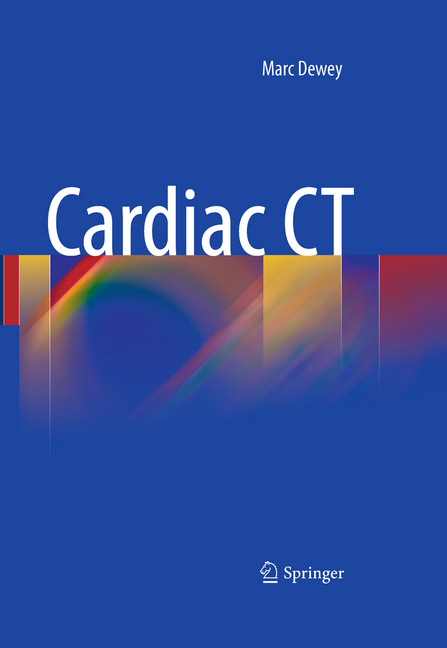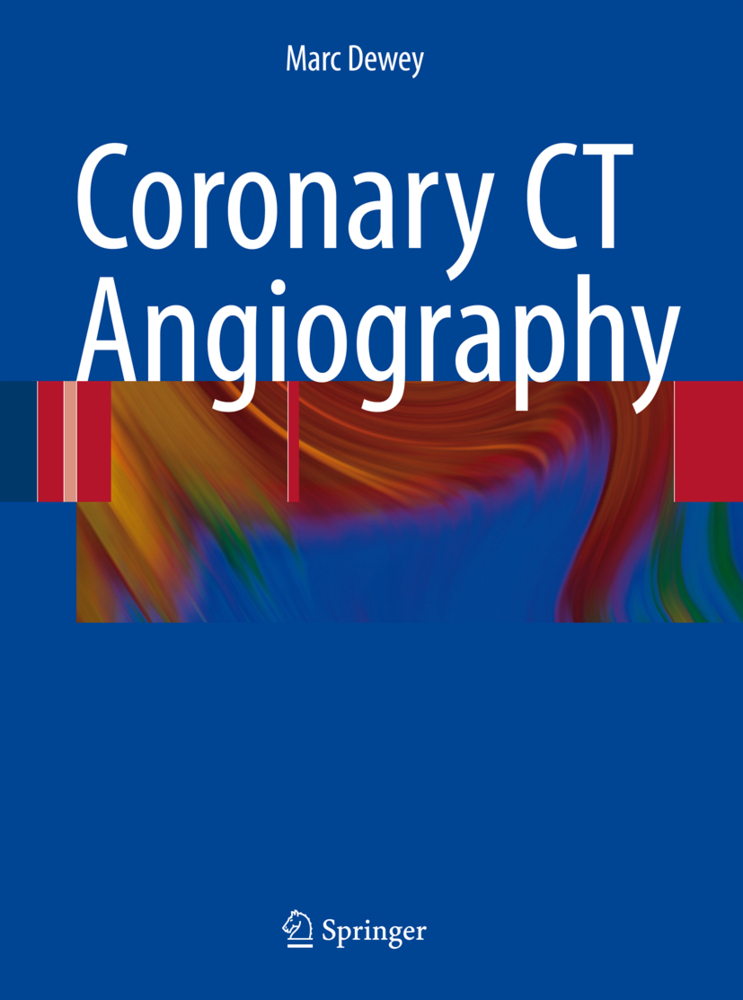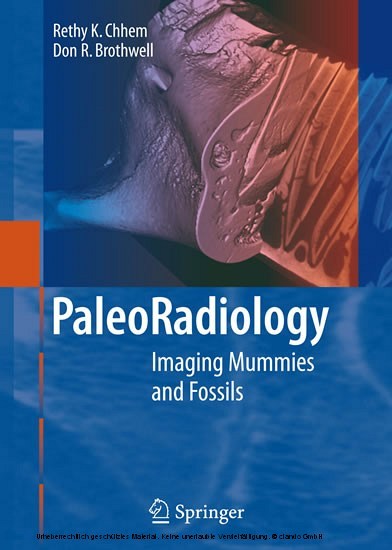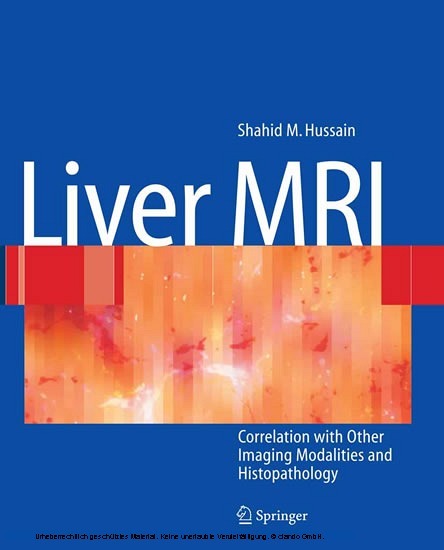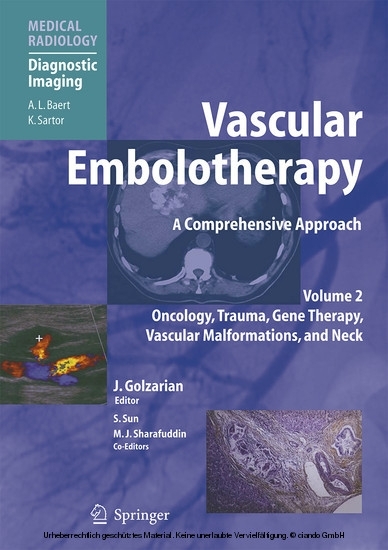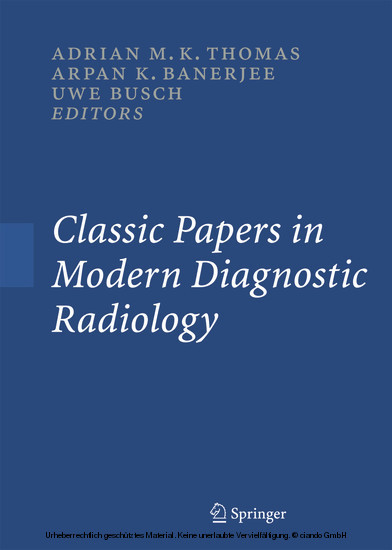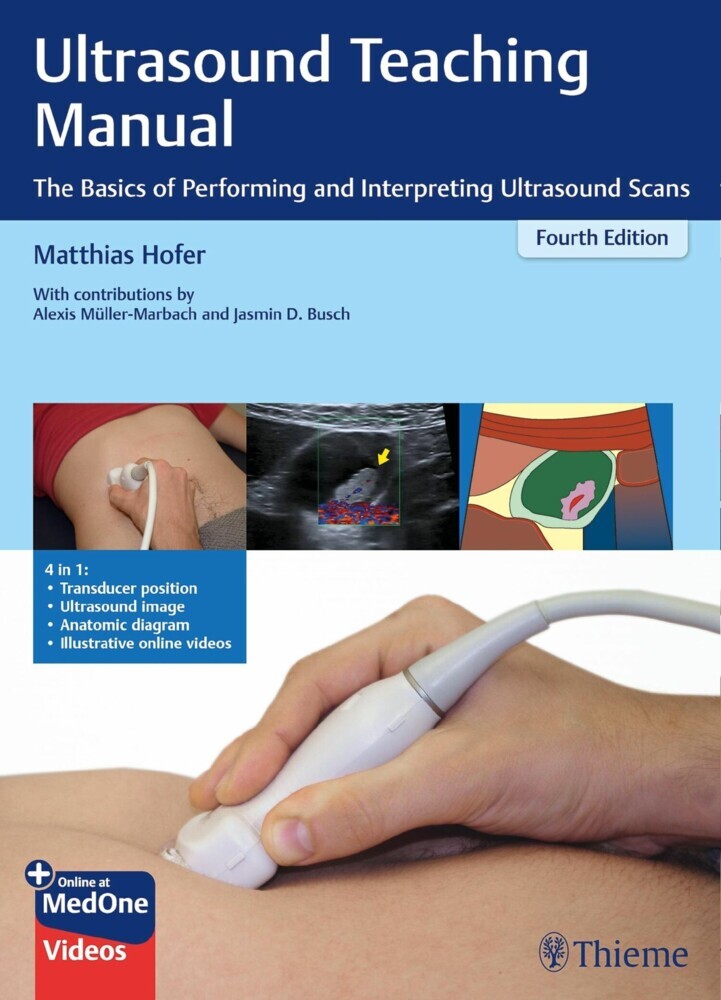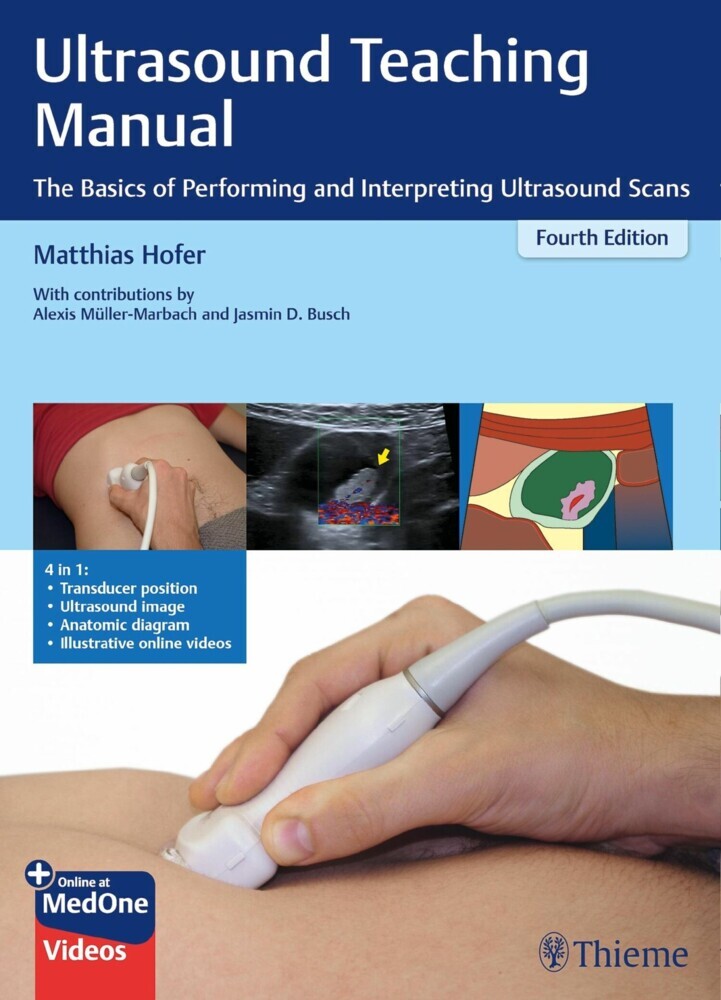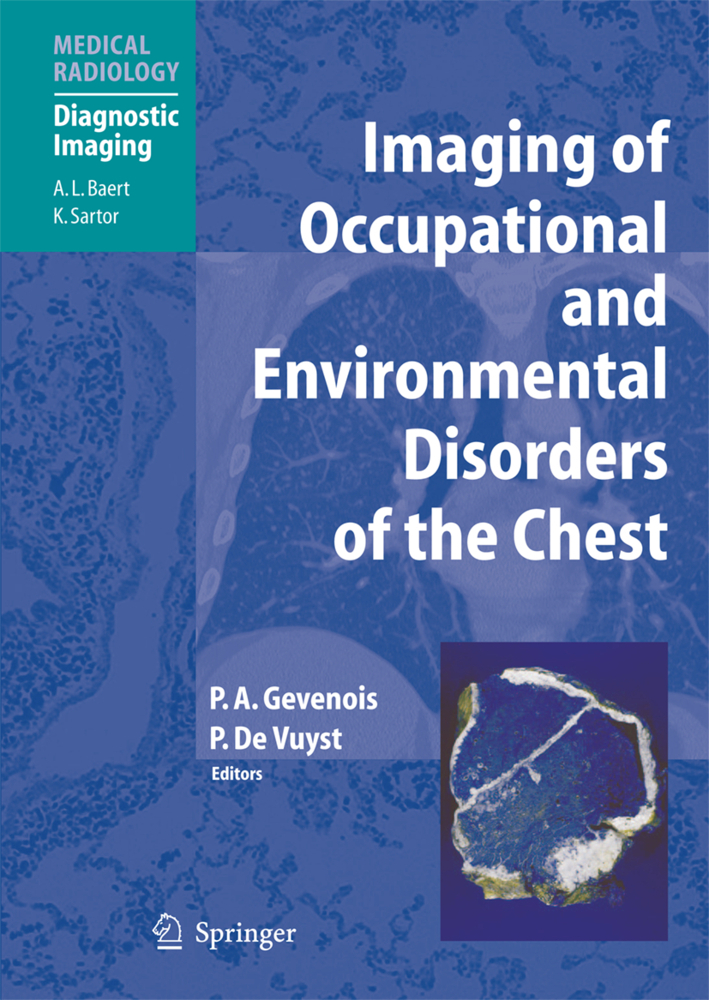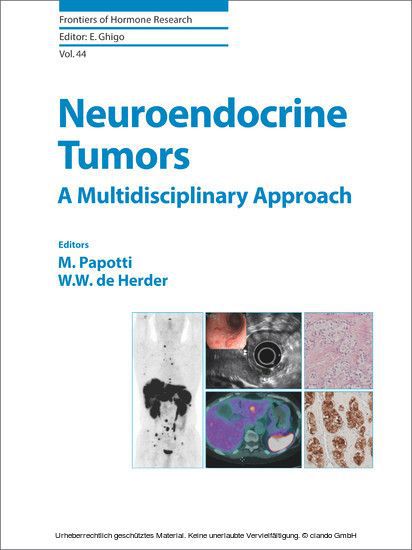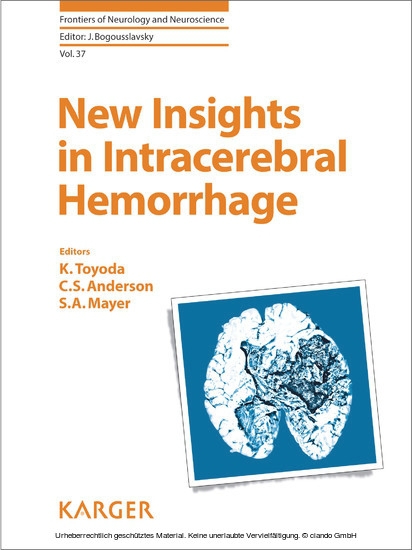Cardiac CT
Computed tomography of the heart has become a highly accurate diagnostic modality that is attracting increasing attention. This extensively illustrated book aims to assist the reader in integrating cardiac CT into daily clinical practice, while also reviewing its current technical status and applications. Clear guidance is provided on the performance and interpretation of imaging using the latest technology, which offers greater coverage, better spatial resolution, and faster imaging. The specific features of scanners from all four main vendors, including those that have only recently become available, are presented. Among the wide range of applications and issues to be discussed are coronary artery bypass grafts, stents, plaques, and anomalies, cardiac valves, congenital and acquired heart disease, and radiation exposure. Upcoming clinical uses of cardiac CT, such as plaque imaging and functional assessment, are also explored.
Dr. Marc Dewey has published more than 50 papers on noninvasive cardiac imaging over the last five years. Among them are landmark papers published in the Annals of Internal Medicine and the New England Journal of Medicine. He is a reviewer for over 20 journals among them the Annals of Internal Medicine, JAMA, and The Lancet and received the highest scientific award of the German Röntgen Society - the Wilhelm-Conrad-Röntgen-Preis. Dr. Dewey's team is well known for the cardiac imaging workshops held at the Charité in Berlin and he is a renowned speaker on cardiac imaging. Experts for the scanners of all four vendors such as Dr. Katharina Anders, Dr. Martin K. Hoffmann, Dr. Eugenio Martuscelli, and Dr. Elke Zimmermann contributed to the corresponding chapters of 'Cardiac CT'. The second edition again focuses on cardiac CT in clinical practice and features newly edited chapters about radiation exposure, coronary artery stents, bypass grafts, coronary anomalies, and congenital heart disease. Also, upcoming clinical applications of cardiac CT, for instance plaque imaging and functional assessment, are covered by experts such as Dr. Paul Schoenhagen und Dr. Gudrun Feuchtner.
Dr. Marc Dewey has published more than 50 papers on noninvasive cardiac imaging over the last five years. Among them are landmark papers published in the Annals of Internal Medicine and the New England Journal of Medicine. He is a reviewer for over 20 journals among them the Annals of Internal Medicine, JAMA, and The Lancet and received the highest scientific award of the German Röntgen Society - the Wilhelm-Conrad-Röntgen-Preis. Dr. Dewey's team is well known for the cardiac imaging workshops held at the Charité in Berlin and he is a renowned speaker on cardiac imaging. Experts for the scanners of all four vendors such as Dr. Katharina Anders, Dr. Martin K. Hoffmann, Dr. Eugenio Martuscelli, and Dr. Elke Zimmermann contributed to the corresponding chapters of 'Cardiac CT'. The second edition again focuses on cardiac CT in clinical practice and features newly edited chapters about radiation exposure, coronary artery stents, bypass grafts, coronary anomalies, and congenital heart disease. Also, upcoming clinical applications of cardiac CT, for instance plaque imaging and functional assessment, are covered by experts such as Dr. Paul Schoenhagen und Dr. Gudrun Feuchtner.
1;Foreword;5 2;Acknowledgments;6 3;Contents;7 4;Contributors;9 5;1: Introduction;12 6;2: Technical and Personnel Requirements;13 6.1;2.1Technical Requirements;13 6.2;2.2Purchasing a Scanner;17 6.3;2.3Personnel Requirements;18 6.3.1;2.3.1Guidelines of the ACR;19 6.3.2;2.3.2Guidelines of the ACC;19 6.4;Recommended Reading;20 7;3: Anatomy;22 7.1;3.1Coronary Arteries;22 7.1.1;3.1.1Coronary Artery Dominance;26 7.1.2;3.1.2Coronary Artery Segments;28 7.1.3;3.1.3Frequent Coronary Artery Variants;33 7.2;3.2Myocardium;36 7.3;Recommended Reading;37 8;4: CT in the Context of Cardiovascular Diagnosis and Management;38 8.1;4.1CT as a Supplement to Other Noninvasive Imaging Tests;38 8.2;4.2Role of CT in Clinical Cardiology;38 8.3;4.3CT as a Screening Test: Indications in Asymptomatic Individuals?;39 8.4;4.4Risk-Benefit of Cardiac CT: Economic and Biological Costs of Cardiac Imaging;40 8.5;Recommended Reading;40 9;5: Cardiac CT in Clinical Practice;41 9.1;5.1Introduction;41 9.2;5.2Cardiovascular Risk Refinement (in Asymptomatic Individuals);41 9.3;5.3Patients with Stable Chest Discomfort;43 9.4;5.4Acute Chest Pain;44 9.5;5.5Rule-Out of Coronary Artery Disease in Specific Situations;46 9.6;5.6Noninvasive Angiographic Follow-Up After Coronary Revascularization;46 9.7;5.7CT-Assisted Cardiac Interventions;46 9.8;5.8Ventricular Function, Myocardial Infarction, and Valvular Heart Disease;47 9.9;Recommended Reading;48 10;6: Clinical Indications;50 10.1;6.1Suspected Coronary Artery Disease;50 10.2;6.2Other Appropriate Clinical Indications;51 10.3;6.3Potential Clinical Indications;55 10.4;6.4Currently No Clinical Indications;56 10.5;6.5Patient Referral;58 10.6;Recommended Reading;58 11;7: Patient Preparation;60 11.1;7.1Patient Information Sheets;60 11.2;7.2General Information;60 11.3;7.3 Contraindications;63 11.4;Recommended Reading;64 12;8: Physics Background and Radiation Exposure;65 12.1;8.1Physics of CT;65 12.2;8.2Physics of Cardiac CT;67 12.2.1;8.2.1Spatial Resolution;67 12.2.2;8.2.2Temporal Resolution;67 12.2.3;8.2.3Image Noise and Radiation Exposure;68 12.2.4;8.2.4Retrospective ECG Gating and Prospective ECG Triggering;69 12.3;8.3Patient Dosimetry and Radiation Exposure;72 12.3.1;8.3.1Dosimetry;72 12.3.2;8.3.2Computed Tomography Dose Index (CTDI) and Dose Length Product (DLP);72 12.3.3;8.3.3Organ and Tissue Doses;74 12.3.4;8.3.4Effective Dose;76 12.4;Recommended Reading;77 13;9: Examination and Reconstruction;78 13.1;9.1Examination;78 13.1.1;9.1.1Calcium Scoring;78 13.1.2;9.1.2Positioning and ECG;79 13.1.3;9.1.3Nitroglycerin;81 13.1.4;9.1.4Beta Blockade and If Channel Blockade;81 13.1.5;9.1.5Planning the Scan;83 13.1.6;9.1.6Breath-Hold Training;83 13.1.7;9.1.7Scanning Parameters;85 13.1.8;9.1.8Contrast Agent;85 13.1.9;9.1.9Starting the Scan;87 13.1.10;9.1.10After the Scan;88 13.2;9.2Reconstruction;88 13.2.1;9.2.1Slice Thickness and Fields of View;89 13.2.2;9.2.2Temporal Resolution and the Cardiac Reconstruction Phase;93 13.2.3;9.2.3Iterative Reconstruction;96 13.3;Recommended Reading;96 14;10a: Toshiba Aquilion 64 and Aquilion ONE;98 14.1;10a.1Examination;98 14.1.1;10a.1.1Preparation;98 14.1.2;10a.1.2Defining the Scan Range;98 14.1.3;10a.1.3Surestart;99 14.1.4;10a.1.4Breath-Hold Training and Premedication;101 14.2;10a.2Reconstruction;103 14.3;10a.3Aquilion ONE;106 14.3.1;10a.3.1Preparation;106 14.3.2;10a.3.2The Role of the Cone Beam for Defining the Scan Range;107 14.3.3;10a.3.3Planning the Scan Range Using a Calcium Scan;109 14.3.4;10a.3.4Surestart;112 14.3.5;10a.3.5Scan Modes;113 15;10b: Siemens Somatom Sensation and Definition;115 15.1;10b.1Preparing the Examination;115 15.2;10b.2Image Acquisition;115 15.3;10b.3Image Reconstruction;119 15.4;10b.4Dual-Source CT ("Somatom Definition");122 15.5;10b.5Second Generation Dual-Source CT ("Somatom Definition FLASH");123 16;10c: Philips Brilliance 64 and iCT;126 16.1;10c.1Preparing and Starting the Examination;126 16.2;10c.2Prospective Axial Acquisition ("Step & Shoot");126 16.2.1;10c.2.1Scan Protocol
Dewey, Marc
| ISBN | 9783642140228 |
|---|---|
| Artikelnummer | 9783642140228 |
| Medientyp | E-Book - PDF |
| Auflage | 2. Aufl. |
| Copyrightjahr | 2010 |
| Verlag | Springer-Verlag |
| Umfang | 333 Seiten |
| Sprache | Englisch |
| Kopierschutz | Adobe DRM |

